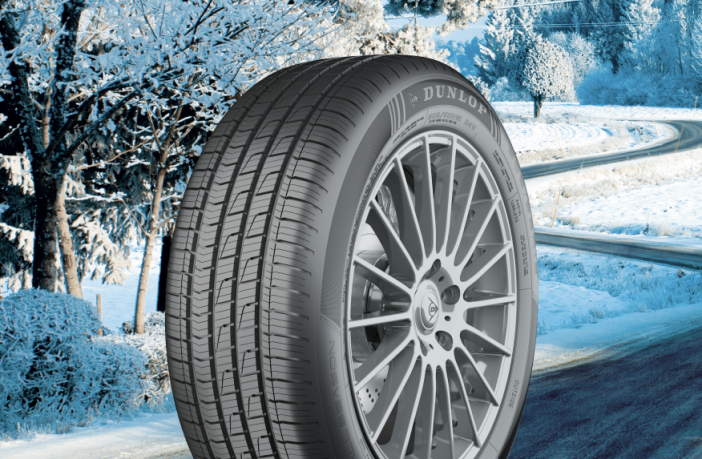Driving is an exhilarating experience, but it has unique responsibilities, including maintaining tyre safety. Whether you’re a first-time driver or have been driving for years, ensuring your tyres are fit for purpose and functioning correctly is essential in keeping yourself and other road users safe.
This article will discuss some popular questions by new drivers or buyers, from understanding the lifespan of tyres to utilising different sets of tyres in various weather. So let’s begin exploring how best to keep your car running smoothly!
- What are the causes of irregular tyres?
- How far can a new set of tyres take me?
- Do I need to get different tyres for winter and summer?
- Should I replace all four tyres once a year?
1. What Are The Causes Of Irregular Tyres?
There are several possible causes of irregular wear on tyres, including:
- Improper inflation: Overinflation or underinflation of tyres can cause uneven wear on the tread. Overinflation can cause wear in the centre of the tyre, while underinflation can cause wear on the outer edges.
- Misalignment: Improper wheel alignment can cause irregular wear on tyres. When the wheels are not aligned correctly, the tyre can wear unevenly, resulting in a feathering pattern on the tread.
- Suspension problems: Worn or damaged suspension components can cause the wheels to bounce or wobble, leading to uneven tyre wear.
- Driving habits: Aggressive driving, sudden stops, and hard cornering can cause uneven wear on the tyres.
- Vehicle overload: Overloading a vehicle can cause excessive wear on tyres, especially if the weight is not distributed evenly.
- Poor quality tyres: Low-quality or poorly manufactured tyres can wear unevenly, especially if not rotated regularly.
It’s essential to regularly inspect your tyres for signs of wear and take necessary steps to correct any problems to ensure they last as long as possible.
2. How Far Can A New Set Of Tyres Take Me?
The distance that a new set of tyres can take you depends on various factors, such as the type of tyre, driving conditions, and driving habits. Generally, most new tyres have a tread depth of around 8-9mm. However, the tread depth decreases as you use the tyres, and they wear out over time.
On average, a new set of tyres can last between 40,000 to 80,000 kilometres, depending on the abovementioned factors. However, this can vary widely depending on factors such as the type of vehicle, the weight, driving circumstances, and driving habits.
To get the most out of your new set of tyres, it’s essential to maintain them properly, keep them inflated to the recommended pressure, and have them rotated and balanced regularly.
3. Do I Need To Get Different Tyres For Winter And Summer?
Different tires for winter and summer seasons are generally recommended because they are designed to perform optimally in different temperatures and weather conditions. However, you may get varied qualities of Dunlop tires prices in Saudi Arabia, so be cautious about it.
Summer tires are designed to provide better handling and traction in dry and wet conditions with temperatures above 7 degrees Celsius. They have a tread design that increases interaction with the pavement and a softer rubber composition. However, in temperatures below 7 degrees Celsius, summer tires lose their flexibility and grip, reducing their effectiveness.
On the other hand, winter tyres are created to offer improved handling and grip in colder weather, notably in icy conditions. They feature a modified tread design and softer rubber that is malleable in cold weather. In addition, the tread pattern is designed to channel snow and slush, providing a better grip on slippery roads.
Using winter tires in the summer can lead to faster wear, reduced handling, and increased fuel consumption due to the softer rubber compound. Similarly, using summer tires in the winter can lead to reduced traction, longer stopping distances and an increased risk of accidents.
4. Should I Replace All Four Tyres Once A Year?
Replacing all four tires once a year is unnecessary unless you drive an unusually high number of miles or in severe weather conditions that wear out the tires quickly. Tires typically last several years if properly maintained and used within their recommended lifespan.
However, it’s important to regularly inspect your tires for signs of wear and tear, such as uneven tread wear or cracks in the sidewalls. If you notice any issues, replacing one or more tires earlier than the others may be necessary.
If you decide to replace all four tires at once, it’s important to choose tires with the same size, type, and speed rating as the original equipment tires on your vehicle. This will help ensure proper handling, braking, and performance. It’s also a good idea to consult a trusted tire professional for the best tires for your vehicle and driving needs.


